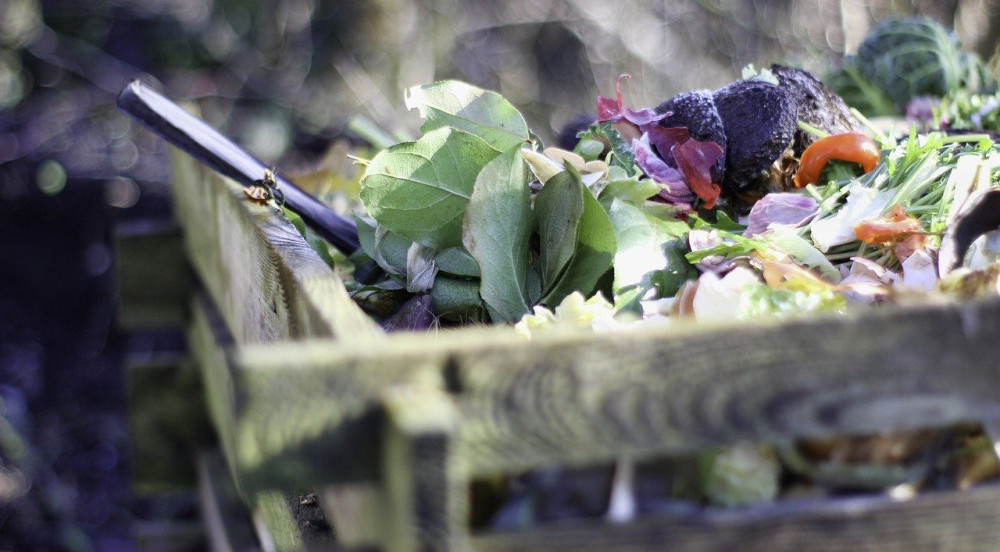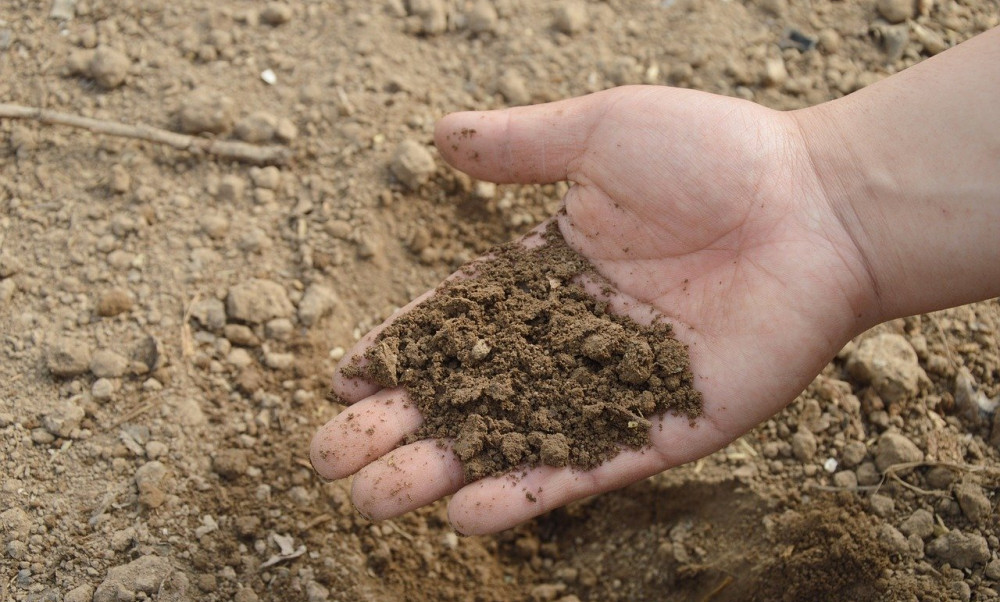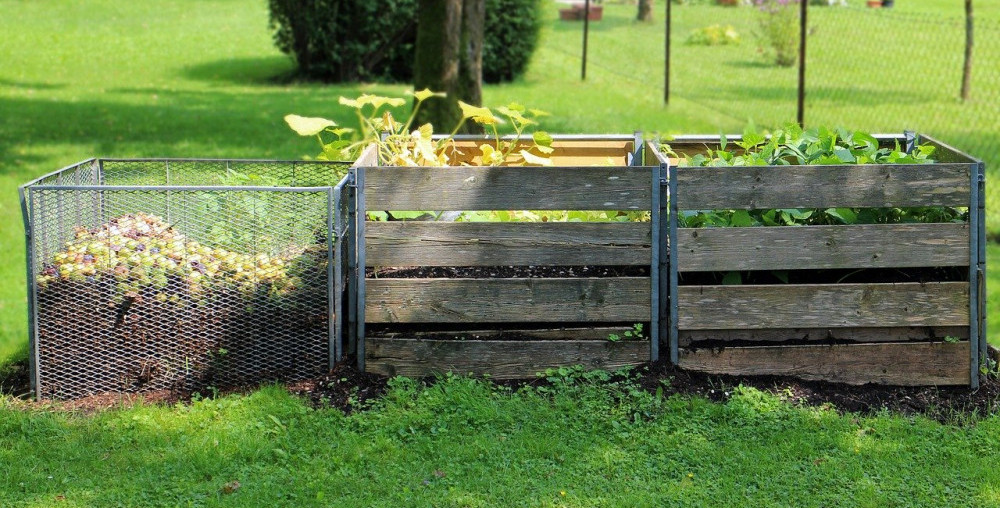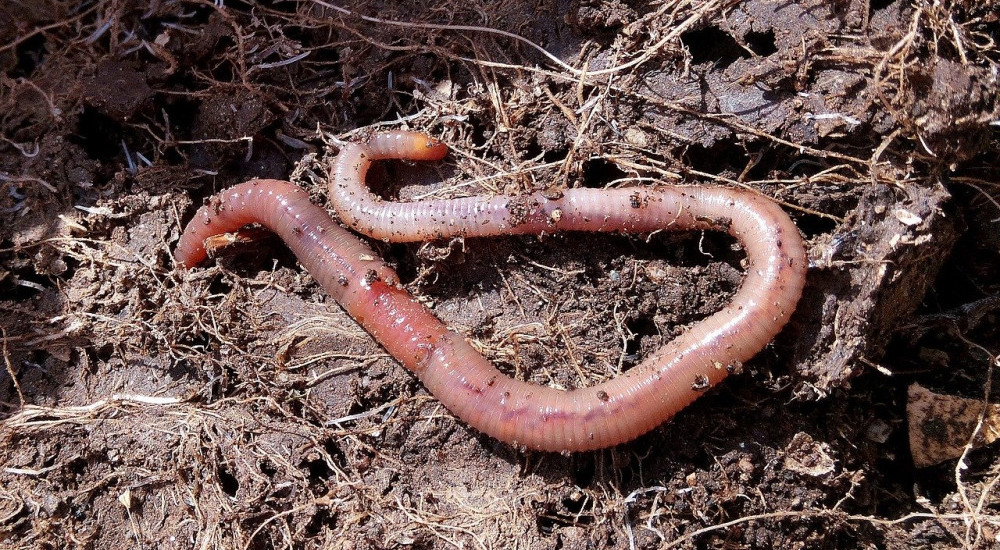One of the first things you need to think about when starting a garden is your soil building systems. Now, you might be one of the lucky few who starts out with perfect garden soil; but that is rarely the case.
Even if your soil does start out excellent, you need to keep it that way. Growing and harvesting food takes its toll on the soil, and it is your responsibility as a steward of that land to keep it healthy. Having soil building systems in place will help ensure that your excellent garden soil remains excellent.

What is soil building, and why is it important?
Soil is made up of minerals, air, water, living and dead organisms, and organic matter. The interaction between these components is what makes soil one of the most important elements on earth. Without soil, life is not possible.
Although soil is considered renewable, it is really a rather fragile and limited resource that needs to be taken care of if we want to continue using it. That is where soil building comes in. We can speed up the soil building process, and help to maintain and regenerate this precious resource.
We need to replace what is being depleted by our growing, and then some. If we are harvesting food from a garden, all the scraps should be returned to the garden, either by using it in compost, dropping it right into the garden, or doing things like building worm farms, or making compost tea.

Then we can find other things to add into the compost, such as seaweed, grass and weed clippings, shredded leaves, straw, wood chips, and manure. All of these things will add different nutrients to the garden soil.
If necessary, you can add other amendments – either to the compost or to the soil – such as bone meal, blood meal, lime, rock dust, calcium, or greensand. The more nutrients you can get into the soil, the healthier your plants will be.
This is why the vegetables you buy at the grocery store are not nearly as healthy as they could be. They are grown with artificial fertilizer, which contains the minimum amount of nutrients. This means that the vegetables contain minimum nutrients.
Types of soil
In the most basic sense, there are three types of soil: clay, sand, and silt. But in reality, there are very few circumstances where a soil will be purely clay, sand, or silt. They are generally some combination of the three elements.
The texture of the soil depends on the mixture of these three elements. For example, a ‘loamy’ soil is made of almost equal parts of the three main elements, plus plenty of organic matter.
Soil structure is a little more complicated; but basically it is how the soil is put together, and how it holds together. It also includes the size of the pores where water and air hang out.
All of these elements work together to create the different kinds of soil that cover our lovely planet. At the end of this article, I will link to some great resources for you to learn what type of soil you have.

Soil building systems
The first and most popular soil building system is composting. This can either be cold composting, or hot composting. Or it can be chop-and-drop, right in the garden.
Cold composting is where you layer up the compost and then let it sit for a few months while it breaks down naturally.
Hot composting is when you layer it up, let it get up to temperature, and then turn it. Once it gets up to temperature again, turn it again. Do this a few more times, and you’ve got yourself finished compost in about 3 weeks time, instead of a few months.
Organic matter – one of the key elements of a healthy soil – should be added to the garden every year. If using compost, you will not only be adding organic matter, you’ll be feeding the microorganisms in the soil. And it’s the microorganisms that create the plant food.
Other methods of composting
Worm composting is great. You don’t need to build up piles of materials in layers, or turn it over every few days for a month. You just need a large container with a drainage hole (or you can get a store-bought worm farm), some red wrigglers, and lots of compostables for the worms to eat.
Worm farms can be as big as an old bathtub, or as small as a little Rubber Maid container. Or, you can build worm towers in the garden! This is something that I’m going to be trying.
I really like the idea of composting directly in the garden. Whether it’s just chopping and dropping veggie scraps after harvest, or building worm towers, it makes the most sense because it is the least amount of work.
But if you can get your hands on larger amounts of compostables such as manure, animal bedding, wood chips, etc. then you will want to build compost piles, or build containers to put the compost in – whichever you prefer.

Amendments
If you live in an area that is known to have certain mineral deficiencies, you can make up for this by adding natural amendments. Or you can get a soil test done, and learn exactly what is in your soil, and what you should add to it.
Calcium can be added to the soil by adding lime. If you use dolomite lime, you’ll also be adding magnesium – an extremely important nutrient for both plants and people. Adding lime with also fix a soil that is too acidic.
Rock dust is a good way to add nutrients to the soil, as well as improve its structure, and its ability to retain moisture. It can also help with acidity, to a lesser extent than lime.
Kelp, and many other varieties of seaweed, are excellent sources of micro nutrients for the garden. It’s best to use fresh seaweed no more than once a year, so that you don’t get a build up of sodium.
Manure is one of the best sources of nitrogen, as well as other nutrients. Plus, it is excellent food for soil microorganisms. It is an excellent addition to the compost pile, and will really help heat things up. Be sure not to put fresh manure directly on your plants. It could burn them, as the nitrogen content is very high. Manure must be aged before it can be safely used. You can either pile it up and let it sit for a year, or you can add it to the compost.
Greensand is another amendment that comes from the ocean. It contains iron, as well as a multitude of other elements. Greensand can be useful if you have hard soils, such as clay, as it can loosen it up. Conversely, it helps to bind soils that are sandy, and helps greatly in retaining moisture.
If your soil is low in phosphorus, then you’ll want to add bone meal. Phosphorus is important for both root growth and photosynthesis, so it’s great for getting transplants going.
You will find a plethora of store-bought fertilizers and soil amendments in your local garden center; but don’t be fooled into thinking you need them all. You probably don’t.
Find out what your local soils usually lack, add compost every year, and throw in some other things like seaweed and manure, and your garden will probably do just fine.
If you find you’re having troubles in the garden, get a soil test done. This entails taking samples of soil from different areas of the garden, mixing them together, and sending them off to a soil lab. They will be able to tell you what amendments you’ll need to add. Find a soil lab near you by asking Mr. Google.

Soil care resources
Each growing season, your garden soil gets depleted by the plants that are growing in it. Some parts of the plants will go back into the soil – stems, bug eaten leaves, roots, etc. – but lots of it will go into you. As the steward of your land, it is up to you to replace what was taken from the soil, as well as keep building more soil.
Building soil isn’t as difficult as it sounds. Soil experts have studied soil, and discovered the life within it; and it is this life that feeds your plants. Without it the soil is dead. So your job is to feed those soil organisms, so they can do their jobs.

If you are ready to learn a LOT more about your soil, it’s time to head over to Dr. Elaine Ingham’s Soil Food Web site. She is an amazing presenter and teacher, and is able to share her knowledge in a way that is easy to understand. And she knows a heck of a lot about soil.
If you want to take it to the next level, you can take the Soil Food Web courses. They cost a bit, but you’ll get the best soil education; and you don’t need to have a science background to understand it all.
You can take this education and apply it to your own growing situation; or you can go further and become a soil consultant yourself, and have an amazing career helping farmers and growers heal their soil. You can even open your own soil testing lab! I think that would be cool.
There is a great need for soil consultants. Our current agricultural system is systematically killing the soil, and reducing the nutrients in our food. And it is sending chemical fertilizers, pesticides, fungicides, and herbicides into our soil and our water.
As a soil consultant, you would be helping farmers and gardeners heal the land and start putting the nutrients back into the food they grow. How cool would that be? In the meantime, you can find labs and consultants through the site. Check and see if there is one near you.
I plan on one day taking the Soil Food Web courses, and eventually becoming a consultant. It’s incredibly important to work toward replenishing our soils, so we can begin to grow healthy foods again.
~
I hope you learned a little bit about soil, and how you can, and should, not only maintain it but increase it. It’s a very important part of gardening, and needs to be incorporated into your regular gardening chores. There is much more to learn about soils, and I hope you will check out the Soil Food Web site and keep learning.
If you enjoyed this article, or if you have any questions or experiences to share, I would be happy to hear from you. Drop your comments below.
Health, Hope & Happiness
Tracy
When I wrote this article about soils, I was going to link to the Soil Food Web site, because they have lots of great information and courses. Then I saw that they also have an affiliate program, and decided to sign up for it. So, if you sign up for their courses, I would make a commission if you accessed the site through one of my affiliate links. And it would be pretty cool for me. : )
(See full Affiliate Disclosure)


Hi Tracy – Wow, this article is packed with information. I have indeed learned something about soil. Everything has to be maintained and that includes soil I see. My exposure to soil has been limited to house plants. Does that soil need this kind of care? Should I perhaps put a worm or two in them?
Hi Nathaniel
Thanks for stopping by and commenting. Many houseplants need very specific soil and fertility requirements. Very different from vegetables, but equally as important if you’re interested in having healthy houseplants. Not really my area.
Worms are only happy if they have organic matter to eat. So adding them to potted plant soil wouldn’t help. But adding worm castings might. You’d have to look up the individual needs of the plant.